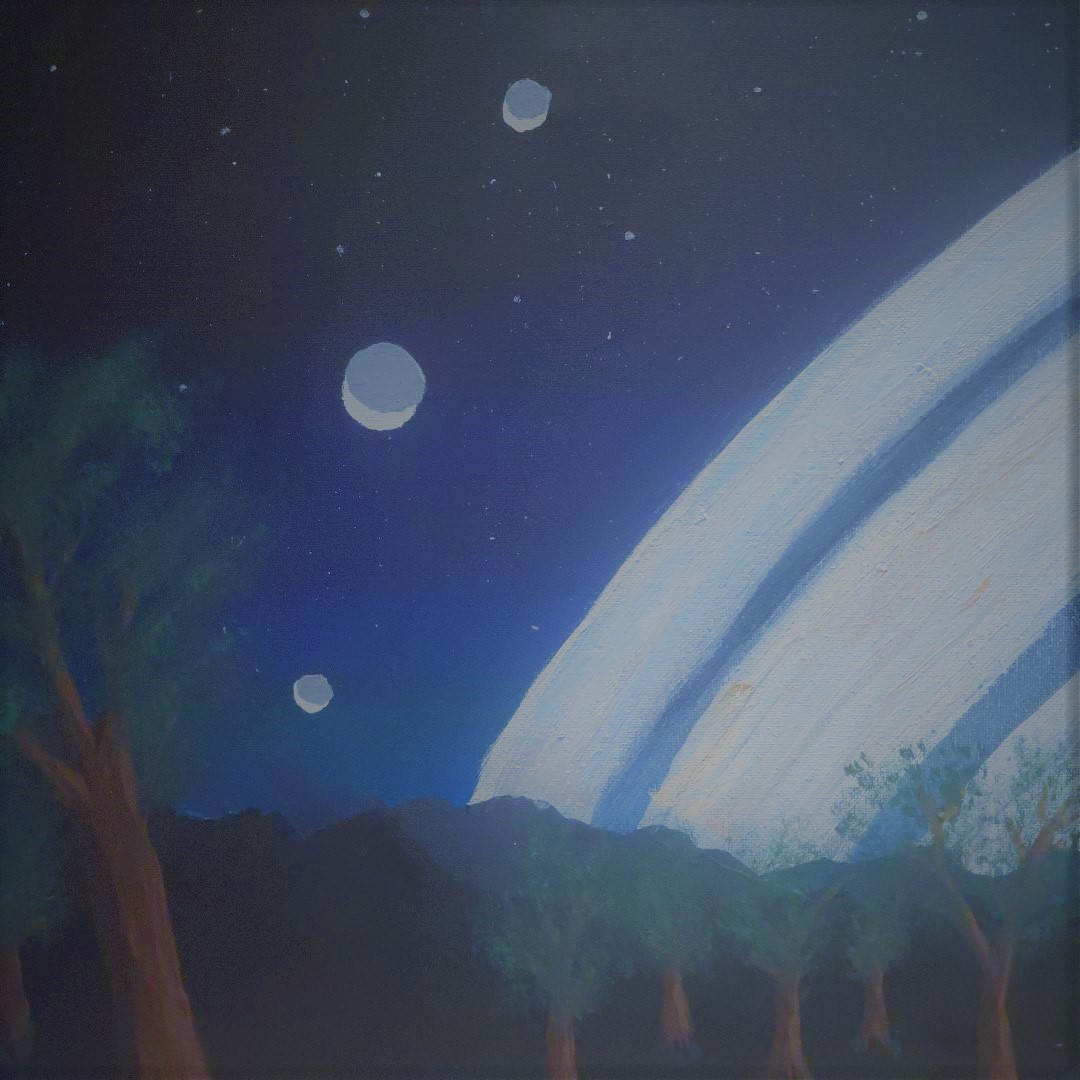Halfling (Kumoan)
Language (Spoken and written)
The language of the islander halflings is three-fold. They speak the nearly dead language of the true Kumoan’s (the human population that died out), traditional halfling languages and a mish mash of Kumoan, Halfling and common. They do speak common as well and use it more for trade. The language is a slow almost to slow when spoken and often used a lower tone. The Kumoan’s use the common or Atlantean alphabet.
Literature (Fiction, Non-fiction, educational, historical)
The literature of the Kumoan’s is fairly recent as history goes. Most traditions were oral stories with little written. Old pictograms and cave art exist but not much else of the old human culture. The halflings introduced written works about 600 years ago. The books and stories mostly consist of written versions of the old culture stories. Everything from religious traditions and ceremonies to history and family lines.
Music
Music is loved in this culture. Instruments like the ukulele, bongos, waist drums and giant drums as well as various flutes wood winds and the harp. The style of music runs from fast passed drumming and dancing to slower ukulele and song. Music is involved in nearly all ceremonies on the islands.
Arts (visual, paint, sculpt, carving etc.…)
Art has various mediums. Wood carving is by far the most common. Be it tiki totems, or other artwork like animal depictions. Weaving of grasses and fronds is also popular. Making everything from clothed to baskets and even netting for larger boats.
Architecture
Traditional architecture is mostly bamboo, grass, and palm fronds for simple huts. New architecture adopts stone and heavy woods like Saxum and Tower Rock in style. This culture has had consistent contact with other cultures for the last 250 years. They have modernized the buildings and how they live but strive to preserve the history of the Kumoan’s of old. Many halflings still prefer to live in simple villages on the beaches.
Gardens
The halflings who strive to preserve the culture still have the love of working gardens. They often have vegetables, herbs, fruits and lots of flowers. The flowers are for cooking just as much as décor. Flowers are often worn on the body in various ways and can and do mean different things.
Clothing (materials, fashion, colors)
Traditional clothing is simple. Grass skirts and anklets couples with various shells, polished rock and flowers. Modern clothing is often cotton or plant fibers grown on the islands. They are died and have various flower patterns either dies on them or embroidered on. Clothing is often light and easily removed for swimming and to prevent drowning.
Cuisine
Food is definitely an important part of the culture. Fish and birds are the primary protein however wild boar is also common. They hunt the boar often to keep the population from destroying the island vegetation and small animals. Sweet sauces made with tropical fruits like mango, pineapple and dragon fruit are often used. Pork is most often cooked over an open deep firepit. Spotted ground endry and groulet are a modern addition to farms for eggs and meat. Sweet flotsam is also a favorite in foods as it grows quick with little work. A kind of fruit vinegar is used with sweet flotsam as a dip making it a common palette cleanser between courses.
Pets and animals
Common traditional pets are sugar gliders, Kumoan Tarsier, various hunting birds like sea eagles. Other traditional pets include weaselpigs, sea otters and even a few aquatic choices like the octopus and dolphin.
Religion
Traditional animalism or a variant of the path of nature is dominant however a few other deities exist as well.
Uke Kamakawiwo is the god of music. This is where the name ukulele is rooted. He is a large fat bodies man with a golden voice and the ability to play any instrument. He favors the Ukulele above all other though.
Nui Nanu is the goddess of the waves. She is often depicted in one of two ways. Either a beautiful woman with long dark hair and deep blue eyes is a blue dress. Or she is seen as a powerful older woman with white streaks in her wild hair. Her hair always seems to be flowing in the wind when this depiction is shown. She controls the surf and tide as well as large violent sea storms.
Bubaru is the volcano god. He is most often asleep but demands a sacrifice once a century to remain asleep. If he is not pleased with the sacrafice he awakens with terrible fury and fire.
Festivals
Festivals are often based on the sea and winds. When the wind changes marking the season changes and when new babies are born or weddings.
Economy (exports, production items etc.…)
Trade is the biggest economic feature. Exotic fruits like mango, pineapple, and dragon fruit are exported to Saxum, Tower Rock and Gaxonia mostly. The dwarves from time to time also pay large sums for the fruit as well. The newer business is the whisker shark oil industry.
Military
No major military stands here. However the halflings have traditional warriors and modern warriors. The defend the islands and the seas near the islands.

Comments